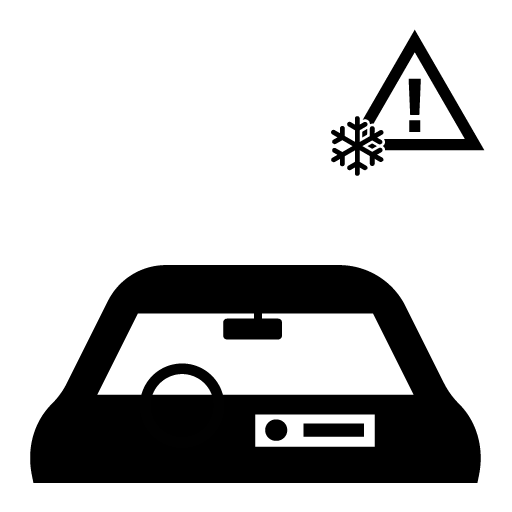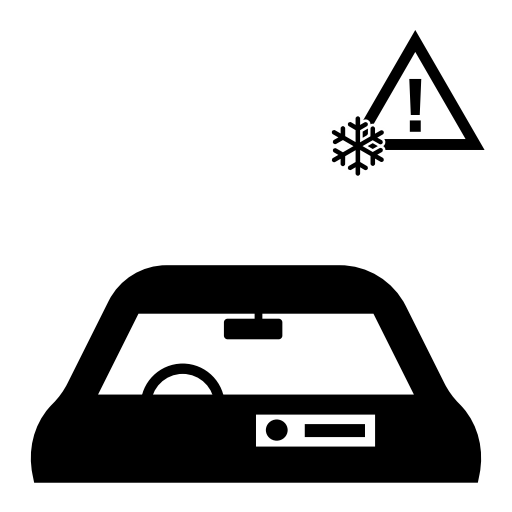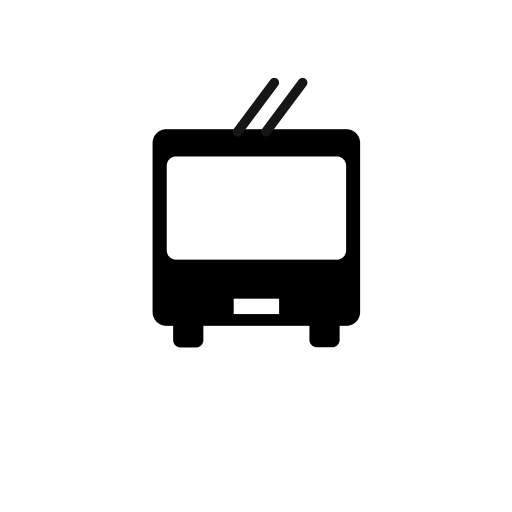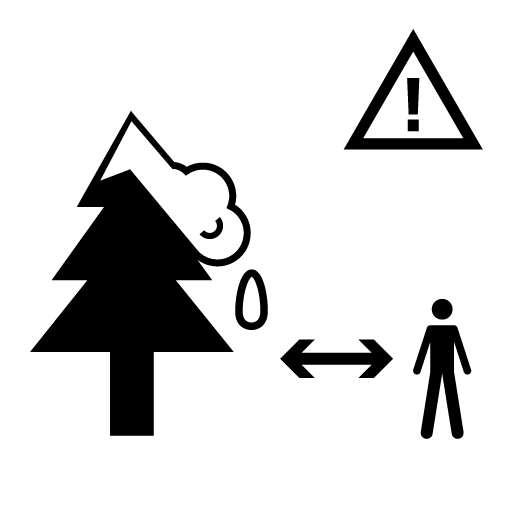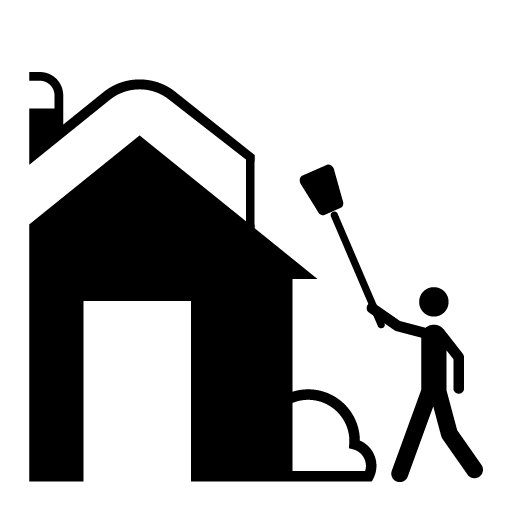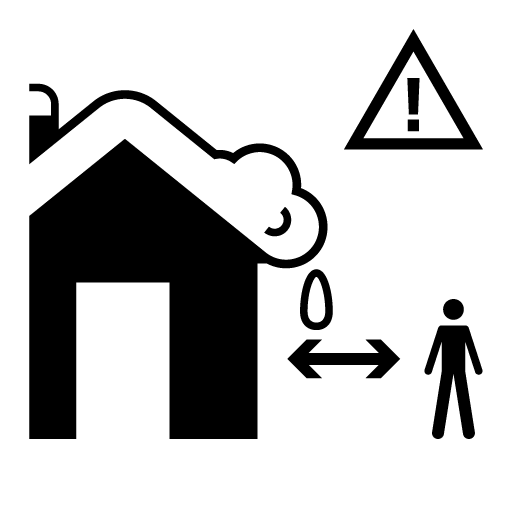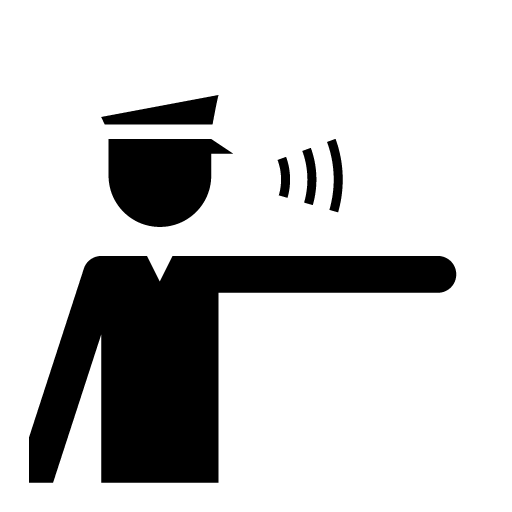Service Navigation
Search
What to do when snow is forecast
Generally it is easy to predict heavy snowfalls. When heavy snowfalls are forecast for higher areas, the cooling effect of the precipitation can lead to snow falling at much lower levels. For this reason, you should always be prepared for snow during the winter months, particularly while driving. In areas where heavy snowfalls are likely house roofs need to be sufficiently strong to cope with the weight of snow and equipped to prevent snow slides from roofs.
Information on the potential impact and hazard categories of snowfall can be found here.
What to do during snowfall
Heavy snow can severely disrupt transport, especially road traffic. You should always take particular care when driving, and only travel if you have the appropriate winter equipment. Those travelling on foot should also be careful when outdoors during a snow shower, as branches can break off and trees can topple un-der the weight of the snow. Snow should also be cleared from house roofs to avoid snow slides and roof damage.
What to do after a snowfall
Once the snow has stopped falling, there can be large amounts of snow lying on roads, roofs and trees. The avalanche situation usually remains critical, and as long as it does, certain safety rules should be followed.
You should also be prepared for further dangers, particularly when a rise in temperatures causes rapid melting of large snow deposits and leads to swollen rivers and streams.
If you live in an area where heavy snowfalls are likely, you should have your roof checked for damage after the snow has melted, and if necessary upgrade it in readiness for the following winter.
In addition, the following points should be observed:


